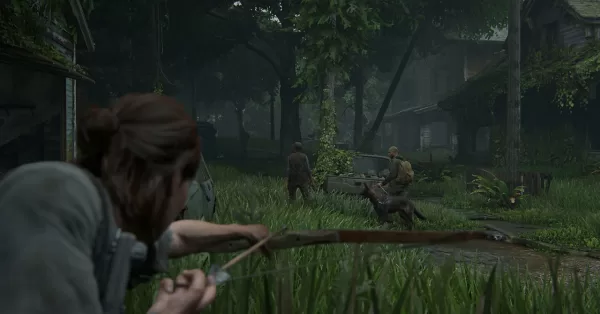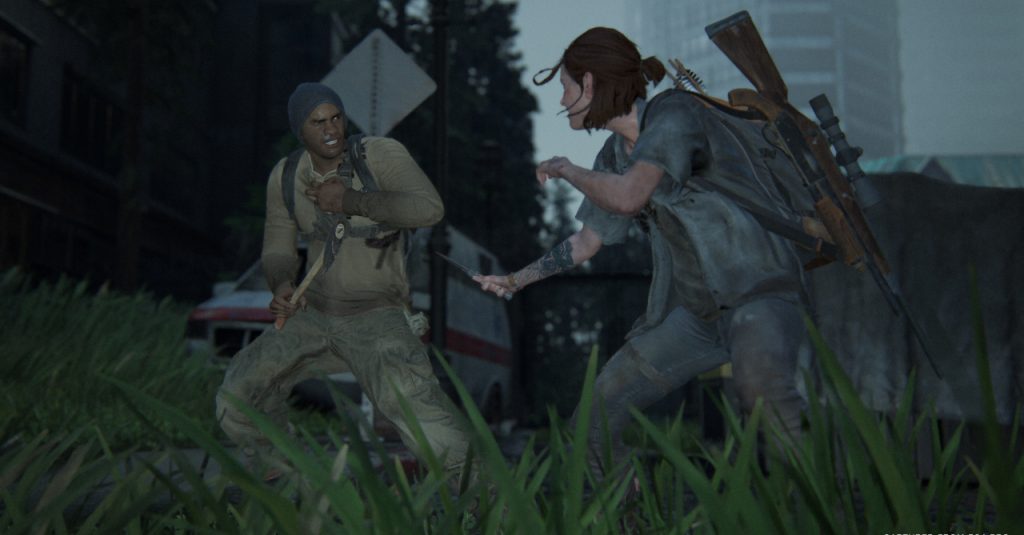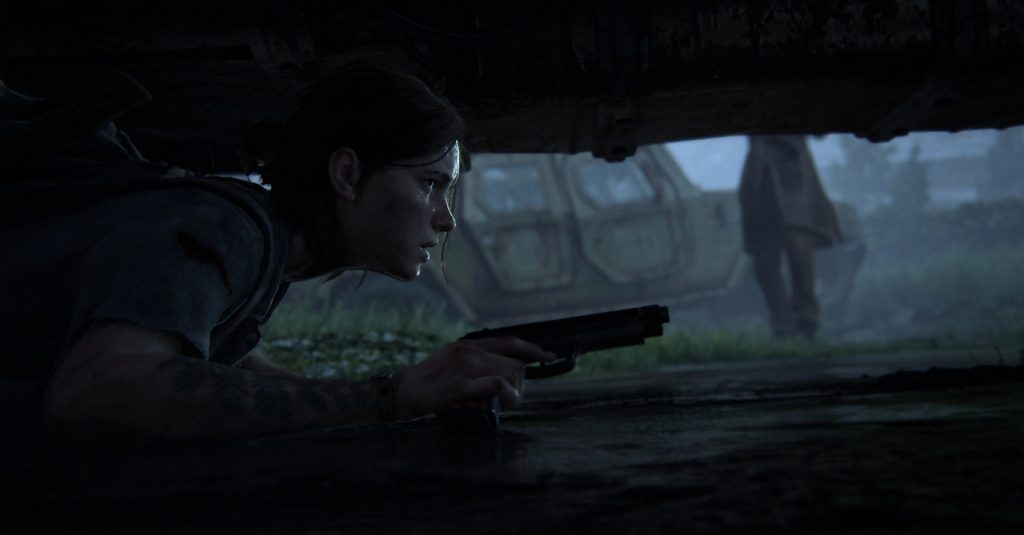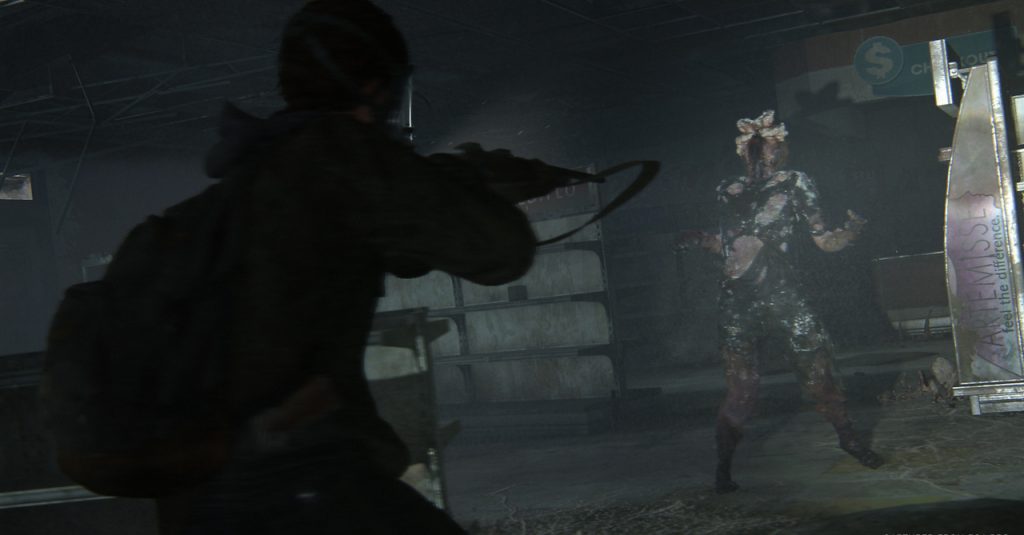How Naughty Dog balanced accessibility and difficulty in The Last of Us 2
More insight from the game's co-director, Anthony Newman.

The Last of Us Part II is a tense and challenging experience, at least that’s what I felt based on the small slice of the game that I’m able to talk about currently. From a gameplay perspective, Naughty Dog’s latest title is an incredible evolution of its predecessor, further enhancing the tension that players will feel while playing. Despite how much of a challenge the game is though, The Last of Us Part II is also Naughty Dog’s most accessible yet.
Aside from having accessibility features such as enhanced visual aids, alternate control mapping, and motion sickness options, the game goes a few steps further by offering navigational assistance and even combat accessibility options. To ease navigation for players, options to have an enhanced listen mode as well as skip puzzles are available. As for combat, players can opt to set the enemy AI to have reduced accuracy, refrain from flanking, and have more limited vision, among many other options (there are 9 options in the combat accessibility menu alone).
While the accessibility options of the game are welcome as they will let more players enjoy the game, there is this issue of having all these options that make the game “easier”, all while still providing a level of difficulty and tension to enemy encounters. So how did Naughty Dog pull it off? That’s a question we asked the game’s co-director, Anthony Newman when we got the chance to talk with him recently.
In response, Newman said:
“You can use these accessibility options at any difficulty level. So if you’re deaf or if you have a motor accessibility issue, you can still play the game on Survivor.”
So yes, while these accessibility options will make the game “easier,” they’re not tied to a lower difficulty. For example, if a player with a motor accessibility issue has trouble with melee combat, he/she can just go to the options menu and select ‘enhanced dodge’. Even with dodging being made easier, the player can still enjoy playing on Survivor (the game’s highest difficulty so far).
This scenario is just one example, as Newman also went into more detail regarding how the game’s various options make the game more accessible to everyone:
“There’s always going to be somewhat of a tension between challenge level and accessibility. Some of our accessibility options do make the game, you might say easier. But at the same time, for a lot of our audience, they make the game playable in the first place. So the options that we have such as lock-on aim, or the threat indicators where you see a HUD element if an enemy is seeing you, these can, if it were a totally able-bodied player playing it, these would make the game easier. But if you are deaf and you have no other way to hear the stealth drone indication that someone is seeing you, these [accessibility options] allow you to access and really get the gameplay experience.”
Players with a motor impairment or hearing loss aren’t the only ones that the developers thought of while developing the game. In fact, Naughty Dog has made The Last of Us Part II accessible even for blind players.
“One of the things I’m really excited about is that for our blind players, we have, this blind accessibility mode where you can play the entire game completely blind. And not only play the entire game, you can also get the platinum trophy, you can explore all the optional content, and this includes puzzles and stuff,” said Newman.
So how will blind players be able to play the game? Firstly, The Last of Us Part II has a text-to-speech feature which narrates on-screen text so that blind players can navigate the game’s menu. As for gameplay itself, the game features a long list of unique audio cues for both traversal and combat. For example, a unique sound will play when a player can climb up an area, crouch, go prone, and more. As for combat, unique audio cues will play when aiming at an enemy, landing a shot at an enemy, or when there’s an incoming melee attack that you can dodge.
While I don’t think I’ll be able to finish a blind playthrough of the game anytime soon, I did try it out for a couple of encounters; specifically, the same encounters I played for my first impressions of the game. Relying on audio cues alone is a massive challenge, but as Newman said, it is definitely possible for visually impaired players to finish the entire game, optional content and all.
“There are some really interesting technical challenges in allowing blind players to navigate our very complex spaces, solve some of our very complicated puzzles, as well as get through combat and use stealth and be able to get around enemies and tackle them and dodge their attacks, and stuff like that,” added Newman.
Given the sheer amount of options available in the game, The Last of Us Part II is the new gold standard for game accessibility; and it’s made even better by the fact that the core gameplay experience was not sacrificed to achieve this level of inclusivity. Here’s hoping we see more games with comprehensive accessibility options like this one in the future.
“I’m excited that, although there is that tension, I think what’s the most important is that everybody is able to really experience the joys this game has to offer,” said Newman.
Aside from asking about the game’s accessibility options, we also got to ask co-director Anthony Newman on how Naughty Dog made enemies smarter in The Last of Us Part II.




